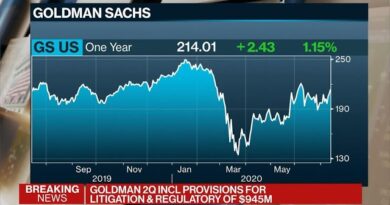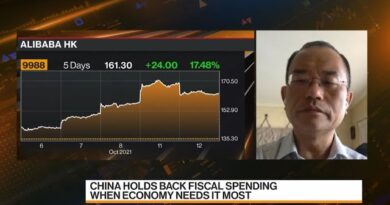Consumer market overcomes COVID impact

China’s monthly retail sales growth [CHINA DAILY]
As countries around the world continue to navigate the fallout of the COVID-19 pandemic, China’s economy has demonstrated resilience and adaptability. One of the most compelling developments has been the substantial increase in consumer spending, which fueled China’s 5.2 percent GDP growth in 2023.
Data show that a staggering 83 percent of this growth stemmed from a surge in consumption, signaling China’s gradual shift toward a consumption-driven economy. Retail sales in the first two months of 2024 show a healthy year-on-year increase of 5.5 percent, with goods contributing a 4.6 percent rise. Remarkably, food service sales leaped by 12.5 percent, indicating a robust recovery in hospitality sectors, possibly buoyed by increased consumer confidence and relaxation of any lingering pandemic restrictions.
A remarkable aspect of the recovery has been the rebound in air travel. Air passenger numbers soared by an astounding 44.4 percent in early 2024. This upsurge is perhaps the most vivid indicator of renewed mobility and a resurgent appetite for travel and face-to-face business engagements, signaling that air travel has rebounded from the doldrums of the pandemic era.
International travel has particularly rebounded, reaching 77 percent of pre-COVID levels by early 2024. The spending patterns associated with this travel have shifted dramatically. Despite a stark reduction in the number of shoppers — a likely residue of the pandemic’s impact — spending per person has surged.
According to data by Global Blue, average spending per Chinese traveler has substantially exceeded 2019 levels: 14 percent higher for those traveling to Italy, 20 percent higher for travelers to France, and a striking 117 percent and 64 percent higher spending per person for travelers to Japan and Singapore, respectively.
The automotive sector represents another promising area of growth in consumption. While overall auto sales grew by a very healthy 17 percent, during the first two months of the year electric vehicles outpaced this number with an impressive 37 percent surge, highlighting changes in consumer preference for greener alternatives.
EVs now represent 35.6 percent of China’s total automotive market. The dominance of domestic brands in this segment is striking, with these brands capturing 84.5 percent of the market in 2023.
Areas of concern
While several macroeconomic indicators are pointing in a promising direction, there are also a number of areas that are still cause for concern, foremost of which is the continued slump in consumer and business sentiment. The collapse in property transactions in 2023 is a big factor behind the drop in confidence.
Lower sentiment levels drove the household savings rate to 31.7 percent in 2023, representing a significant reservoir of potential spending power should consumer confidence recover.
A 5 percent decline in exports in 2023, zero growth in fixed-asset investment by privately owned companies, and double-digit youth unemployment are other key factors driving a reduction in consumer spending and investment.
Nevertheless, the first few months of the year paint a picture of a Chinese economy that is navigating the post-pandemic world with considerable momentum. While it’s too early to accurately forecast how the remainder of the year will take shape, key macroeconomic and consumption indicators are heading in the right direction.
The significant resurgence in consumer spending, a robust recovery in travel and a substantial shift toward EVs are shaping China’s post-pandemic economic landscape. These trends not only underscore the resilience of the Chinese economy but also reflect broader shifts in consumer preferences toward more sustainable and high-value products.
We also reaffirm our view that the era of double-digit growth is behind us, and companies will need to adjust their expectations accordingly to thrive in an increasingly competitive market. Success will require a more granular and targeted approach. Consumer marketers will need to focus their attention on identifying fast-growing consumer segments and product categories, while tapping into the ongoing shift in consumer preferences from products to services.
The writer is senior partner in McKinsey & Co’s Shenzhen office, and leads McKinsey’s Asia Consumer and Retail Practice.
The views don’t necessarily reflect those of China Daily.



